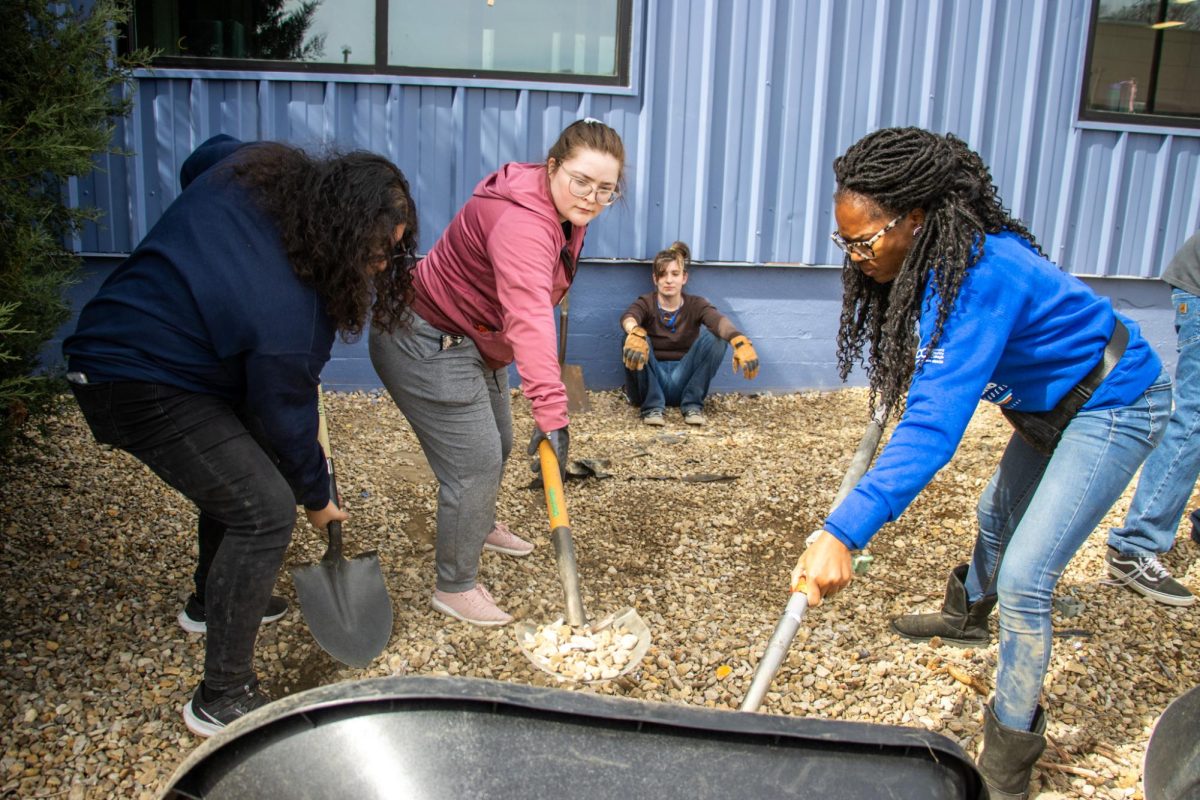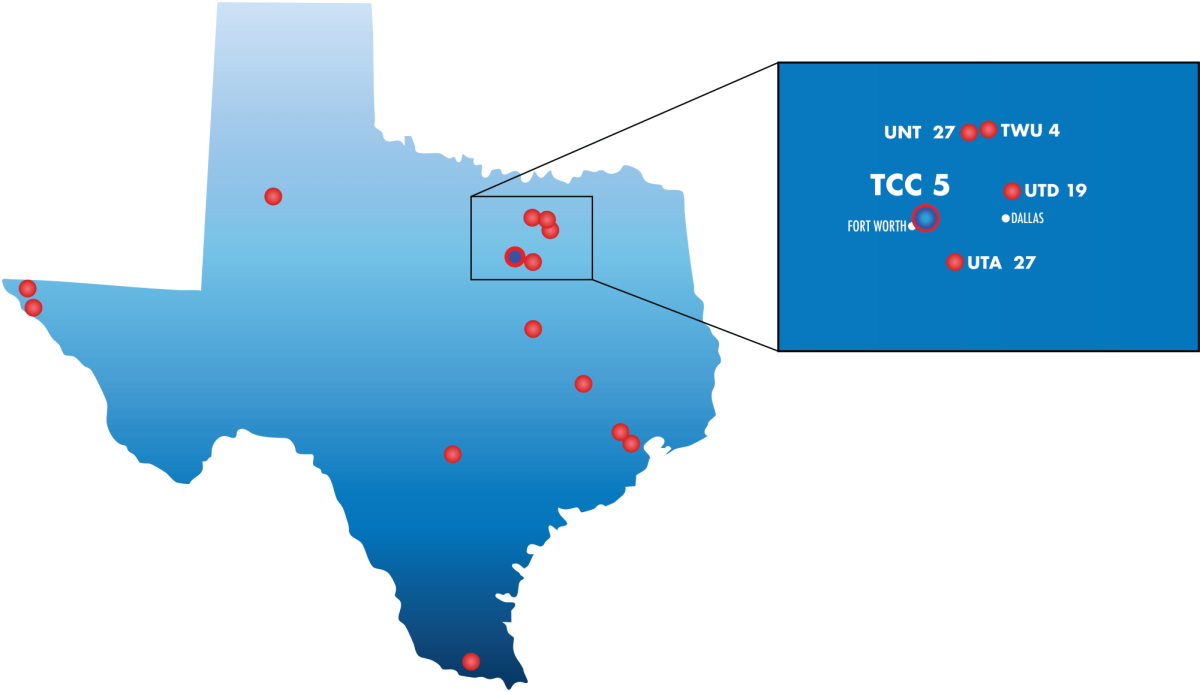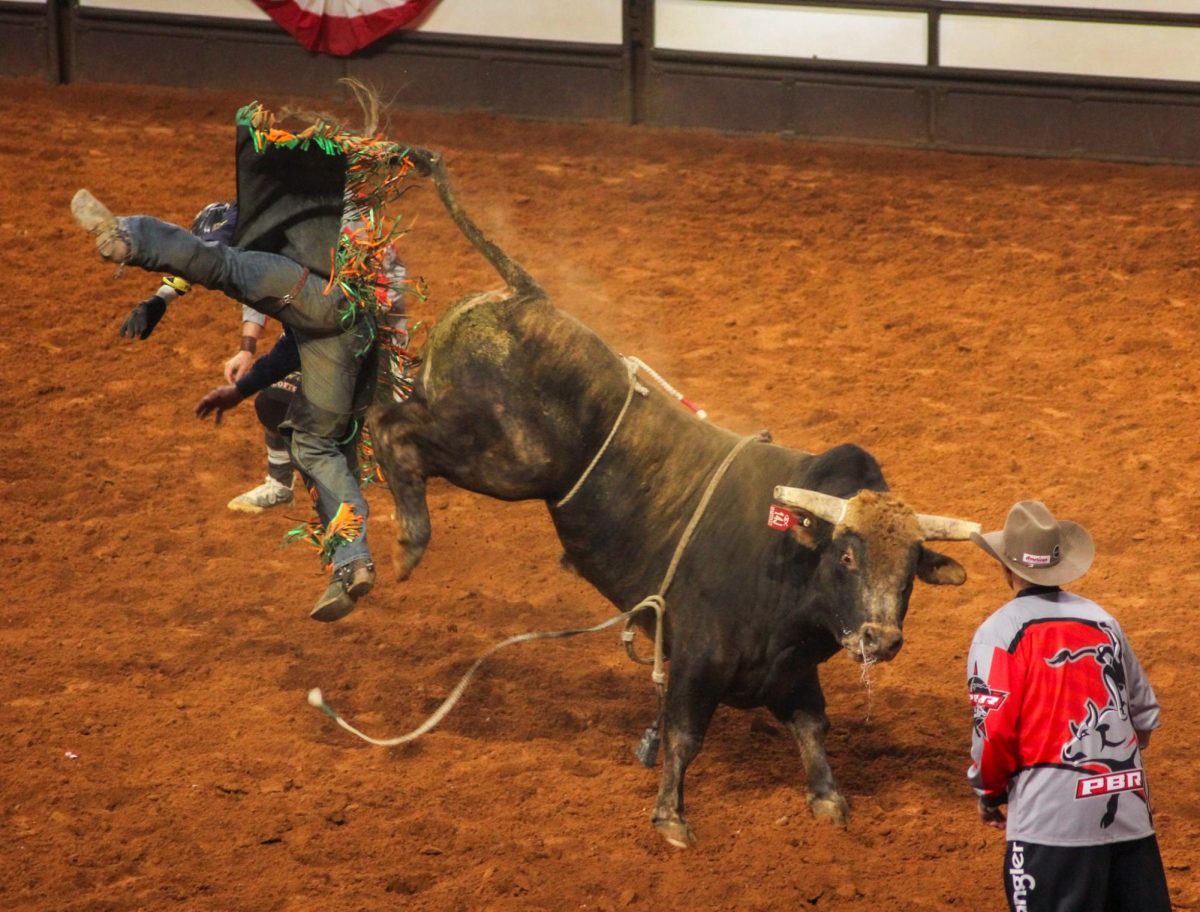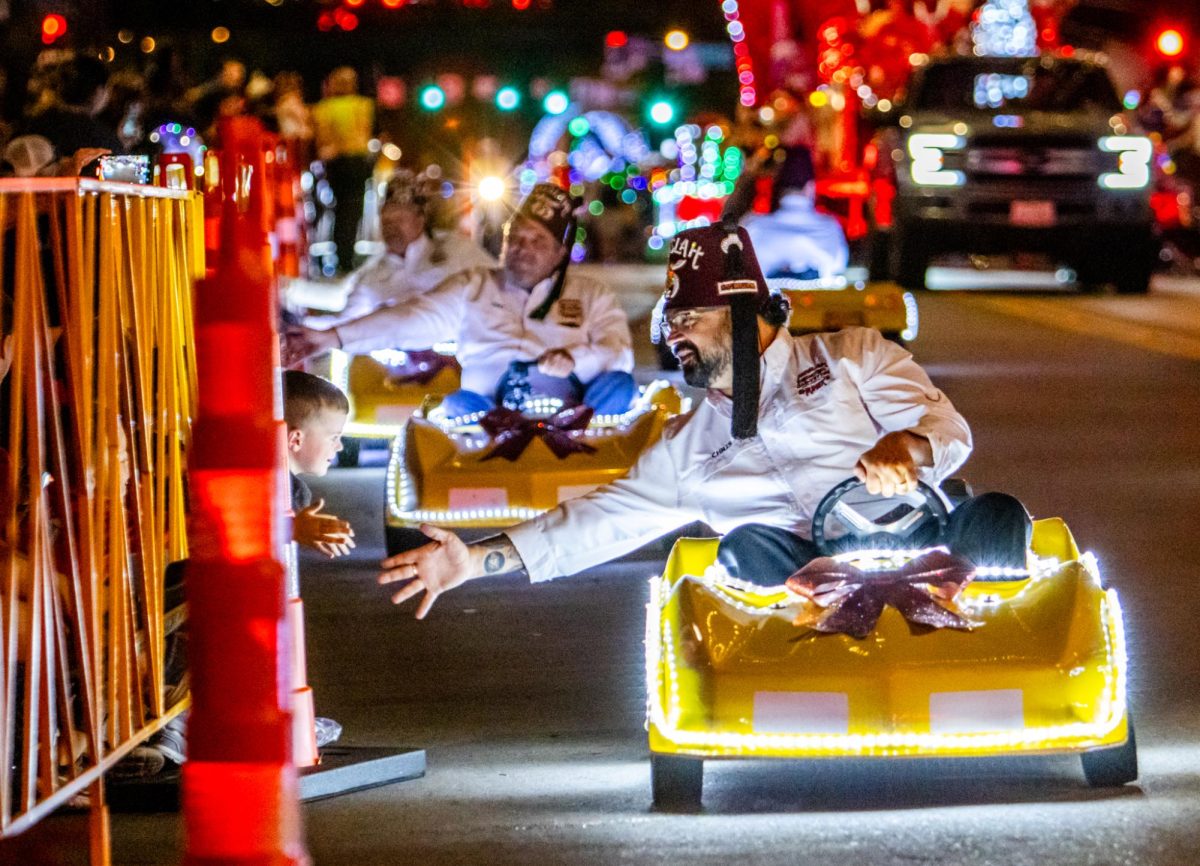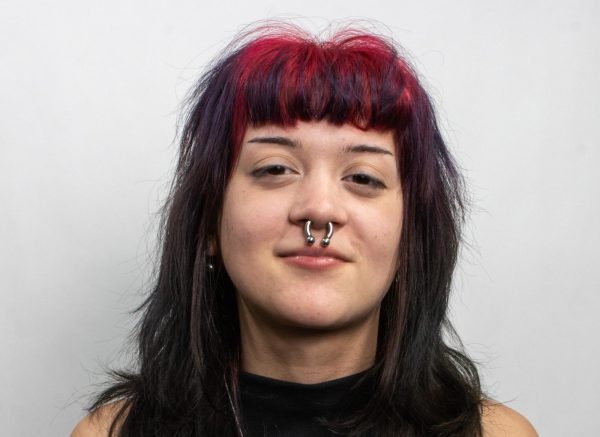NW Campus shed light on the dangers of digital deception and the importance of online literacy for Misinfo Day.
James Baxter, assistant director for library services, provided historical and current examples of misinformation and supplied resources for students to help distinguish fact from fiction in a presentation hosted on March 13.
Baxter said the spread of misinformation is a growing concern, especially within online spaces.
“Social media platforms are moving away from third-party checking,” he said. “It’s just getting more complicated, and all the indicators are that it’s not going to get better anytime soon. That’s why we want to teach students how to make those judgments for themselves.”
He said while many college students have grown up in today’s digital environment, they still have unique challenges when navigating digital information.
“Most young people are very adept users of technology but they’re not adept at researching,” he said. “They get a false sense of confidence and security that they’re finding good information.”
Baxter said fabricated information online may lead students astray when deciding their future.
“If students aren’t getting accurate information about political candidates or political parties, they could wind up voting for someone that they wouldn’t have had they had better information,” he said. “There’s also a lot of misinformation about careers. These days, students don’t always avail themselves with the best information resources when they’re evaluating careers.”
Baxter discussed AI’s potential role in falsifying information.
“[AI] is a burgeoning situation sometimes designed to influence voters, or just create chaos,” he said. “It’s making everything harder to verify what’s real and what’s not. People are now doubting everything, any kind of image or picture, and it’s understandable.”
SE librarian Melissa Washington said teaching students the danger of misinformation goes beyond their educational success.
“If students don’t get the proper information and do the proper research, and they’ll believe in things that are incorrect,” she said. “Fake news is a real thing, and students are quick to share things that aren’t real. Then, other people believe those things, and then they share those with other people.”
Washington said the misinformation threatens the credibility of print publications as well.
“I always tell students, even with print, to check the sources,” she said. “Do a background check on the author and make sure they have the proper credentials.”
She warned that the reason people share unfounded information may not be with the best intentions.
“A lot of beliefs are created by an idea that ‘I know what’s best,’” she said. “But you get more clicks being fake.”
However, Baxter offered suggestions to quickly review the validity of an article or publication, including reading beyond a “click-bait” headline, and independently researching the author and news outlet.
“Be skeptical of information found on social media platforms, get your news from professional sources, and be aware of confirmation biases within ourselves and others,” he said.
Baxter introduced the SIFT method, a technique aimed at helping students competently evaluate content online.
Developed by faculty at the University of Washington, the SIFT method encourages readers to stop consuming content that appears false or misleading, investigate the source, find an alternative source and trace claims to verify legitimacy.
Patricia Mansilla, a South Campus student studying criminal justice, said the presentation opened her eyes to the prevalence of misinformation and its impact on her career.
“Sometimes, whenever I’m reading, I’ll read halfway through and if I agree, then I think this is a good source,” she said. “But getting to the end of the article could change my perspective on what I thought I was reading and what it’s really about.”
Mansilla said that previously, she largely judged a site’s credibility on its appearance.
“I tend not to believe articles that have more pictures because it feels like it’s just trying to pull me in with visuals,” she said. “I look for the format, but that just shows I have to check my sources on a more professional level.”




















